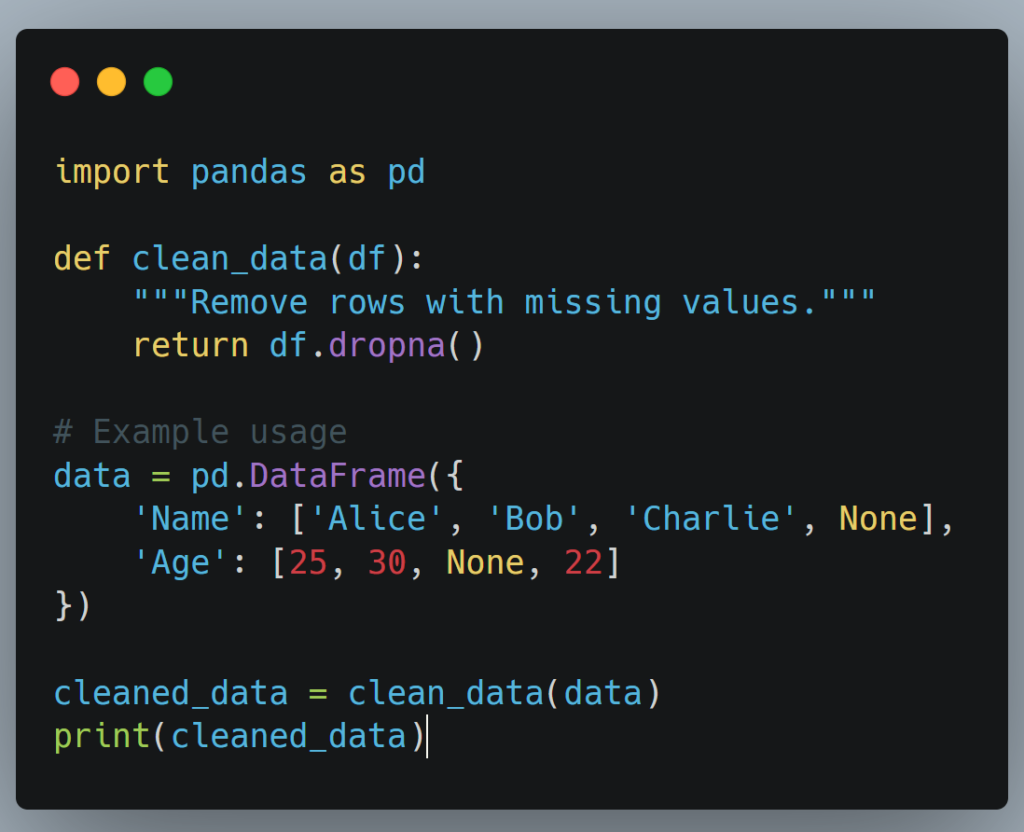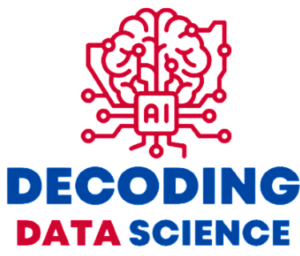Welcome to our beginner’s guide to Python functions! Whether you’re diving into data science or just starting your Python programming journey, mastering functions is essential. In this guide, we’ll explore everything you need to know about Python functions—how to define them, use them, and apply best practices to write clean, efficient code.
What are Python Functions?
Python functions are reusable blocks of code designed to perform a specific task. Instead of writing the same code multiple times, you can define a function once and call it whenever needed. This not only reduces repetition but also makes your code more readable and easier to maintain.
Why Functions Matter in Data Science
Functions are critical in data science workflows because they allow you to break down complex problems into manageable, reusable chunks. Whether you’re preprocessing data, building models, or performing statistical analyses, functions enable you to streamline your code and improve its performance.
Defining and Calling Functions in Python
Let’s start by learning how to define and call functions in Python. A function in Python is defined using the def keyword, followed by a name and parentheses that may contain parameters.

In this example, we’ve created a simple function called greet() that prints a greeting when called.
Calling a Function
To call a function, simply write its name followed by parentheses:
By using functions like this, you can avoid rewriting the same code multiple times throughout your program.
Function Arguments and Parameters
A key feature of functions is the ability to accept inputs, known as parameters or arguments. This makes functions highly flexible and allows you to customize their behavior.
Positional Arguments

Here, name is a parameter, and "Alice" is the argument passed to the function. Positional arguments must be passed in the correct order.
Keyword Arguments
Keyword arguments allow you to specify parameter names when calling the function, making the code more readable.

Using keyword arguments allows you to change the order of arguments, as long as you provide the correct parameter names.
Return Values and Types
Functions can also return values, which can be used later in your code. To return a value, use the return keyword.

In this example, the function returns the sum of two numbers, which is then stored in the variable result.
Returning Multiple Values
Python also allows you to return multiple values from a function, packaged as a tuple

Best Practices for Writing Efficient and Readable Functions
Now that you understand the basics of defining, calling, and returning values from functions, let’s look at some best practices for writing efficient and readable code.
- Use Descriptive Function Names
Choose function names that clearly describe their purpose. For example,calculate_mean()is better thancalc(). - Keep Functions Small and Focused
Each function should perform a single task. If your function is getting too long or handling multiple tasks, consider breaking it into smaller, more focused functions. - Use Default Arguments Where Appropriate
Default arguments provide default values for parameters if no arguments are passed.

Document Your Functions
Include docstrings in your functions to explain what they do, what parameters they accept, and what they return. This makes your code easier to understand and maintain.

- Avoid Global Variables
Limit the use of global variables within your functions to avoid unintended side effects. Instead, pass necessary data through parameters and return results from the function.
Real-World Use Case: Data Preprocessing
In data science, Python functions are essential for tasks like data preprocessing. For example, let’s create a function to clean missing values in a dataset.

By writing a function to clean the data, we can reuse this function anytime we need to preprocess new datasets.
Conclusion
Python functions are a powerful tool that allows you to write reusable, modular, and efficient code. Whether you’re working on a data science project or developing a Python application, understanding how to define, call, and optimize functions is essential for your success. Remember to follow best practices, write clear and concise code, and use functions to simplify complex problems.
Key Takeaways:
- Functions help organize your code and avoid repetition.
- Parameters and return values increase the flexibility of your functions.
- Writing small, well-documented functions improves code readability and maintenance.
If you’re looking to jumpstart your career as a Data Scientist, consider enrolling in our comprehensive AI Residency Program Our program provides you with the skills and experience necessary to succeed in today’s data-driven world. You’ll learn the fundamentals of statistical analysis, as well as how to use tools such as SQL, Python, Excel, and PowerBI to analyze and visualize data designed by Mohammad Arshad, 20 years of Data Science & AI Experience. But that’s not all – our program also includes a 3-month internship with us where you can showcase your Capstone Project.
Are you passionate about AI and Data Science? Looking to connect with like-minded individuals, learn new concepts, and apply them in real-world situations? Join our growing AI community today! We provide a platform where you can engage in insightful discussions, share resources, collaborate on projects, and learn from experts in the field.
Don’t miss out on this opportunity to broaden your horizons and sharpen your skills. Visit https://decodingdatascience.com/ai and be part of our AI community. We can’t wait to see what you’ll bring to the table. Let’s shape the future of AI together!
